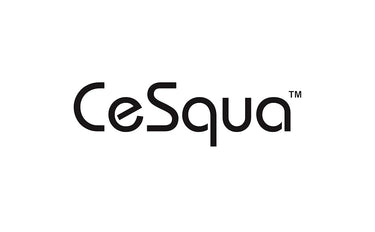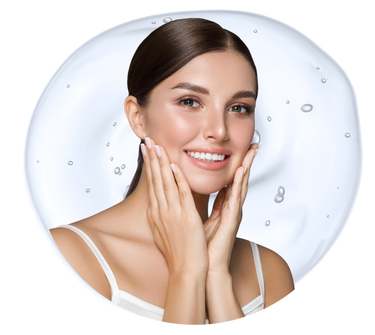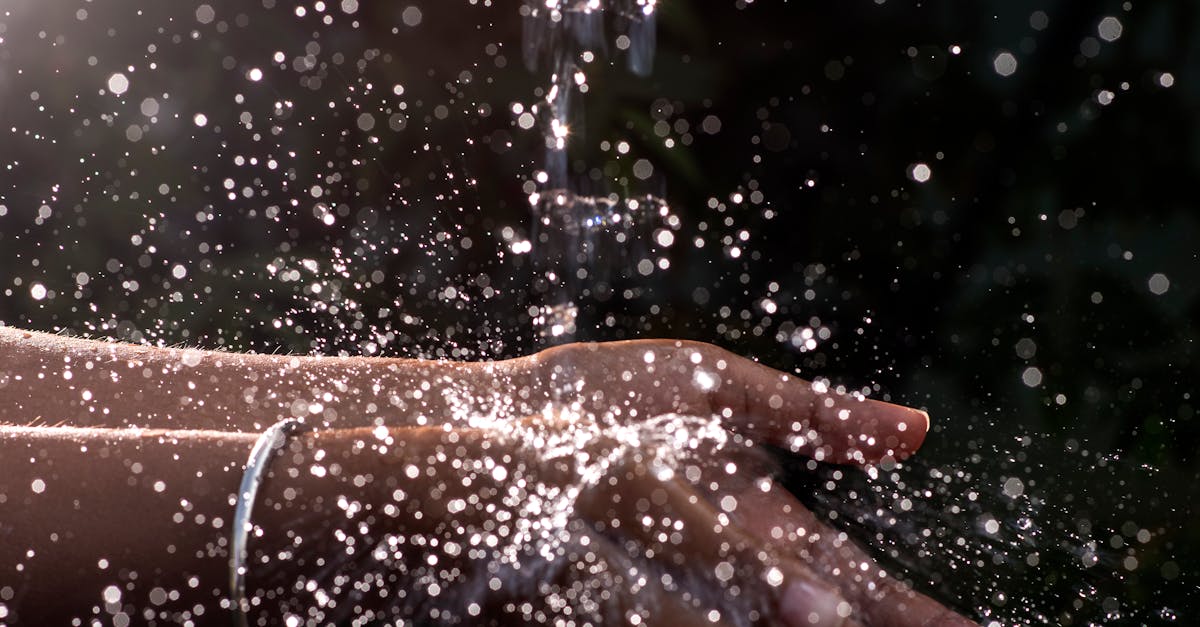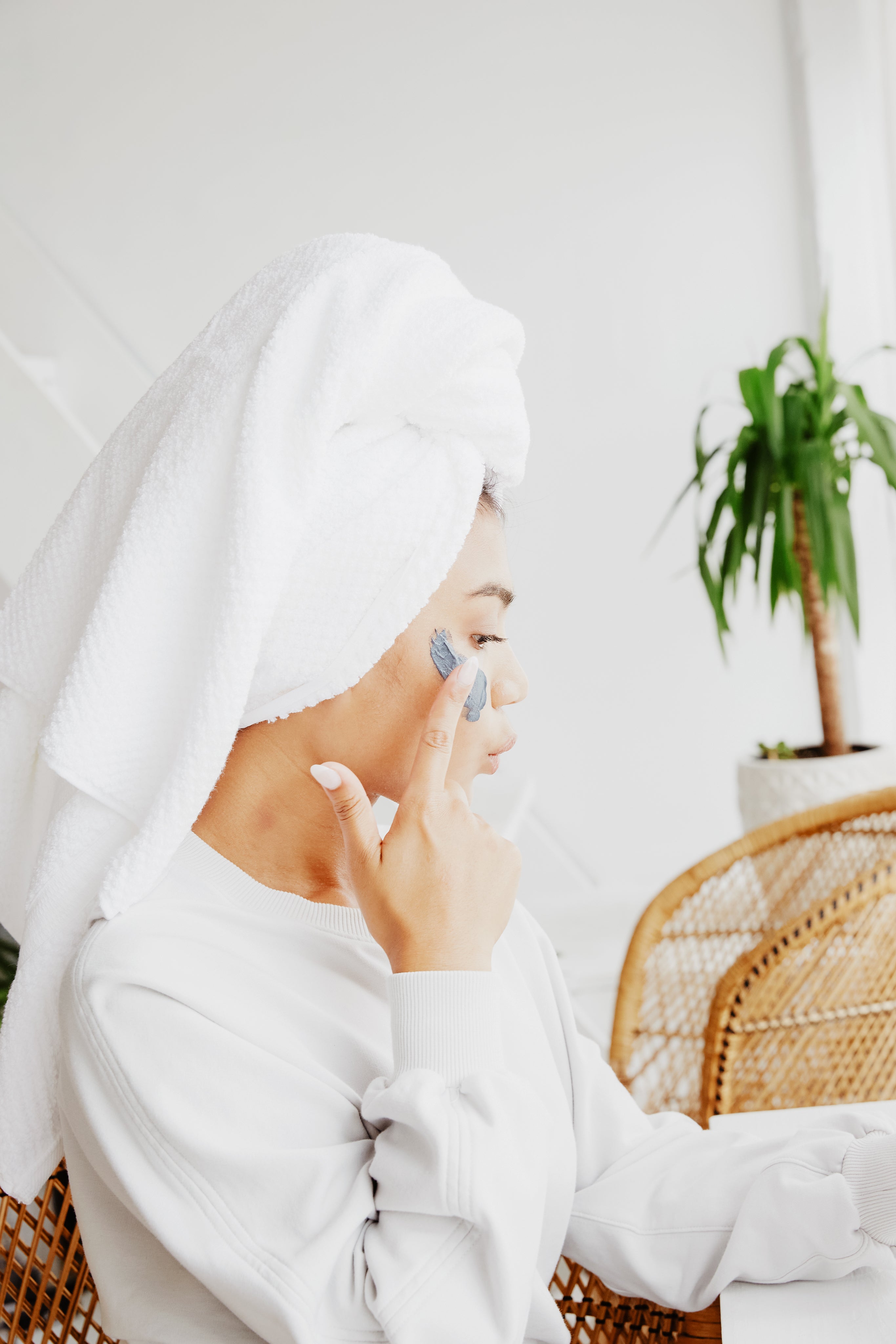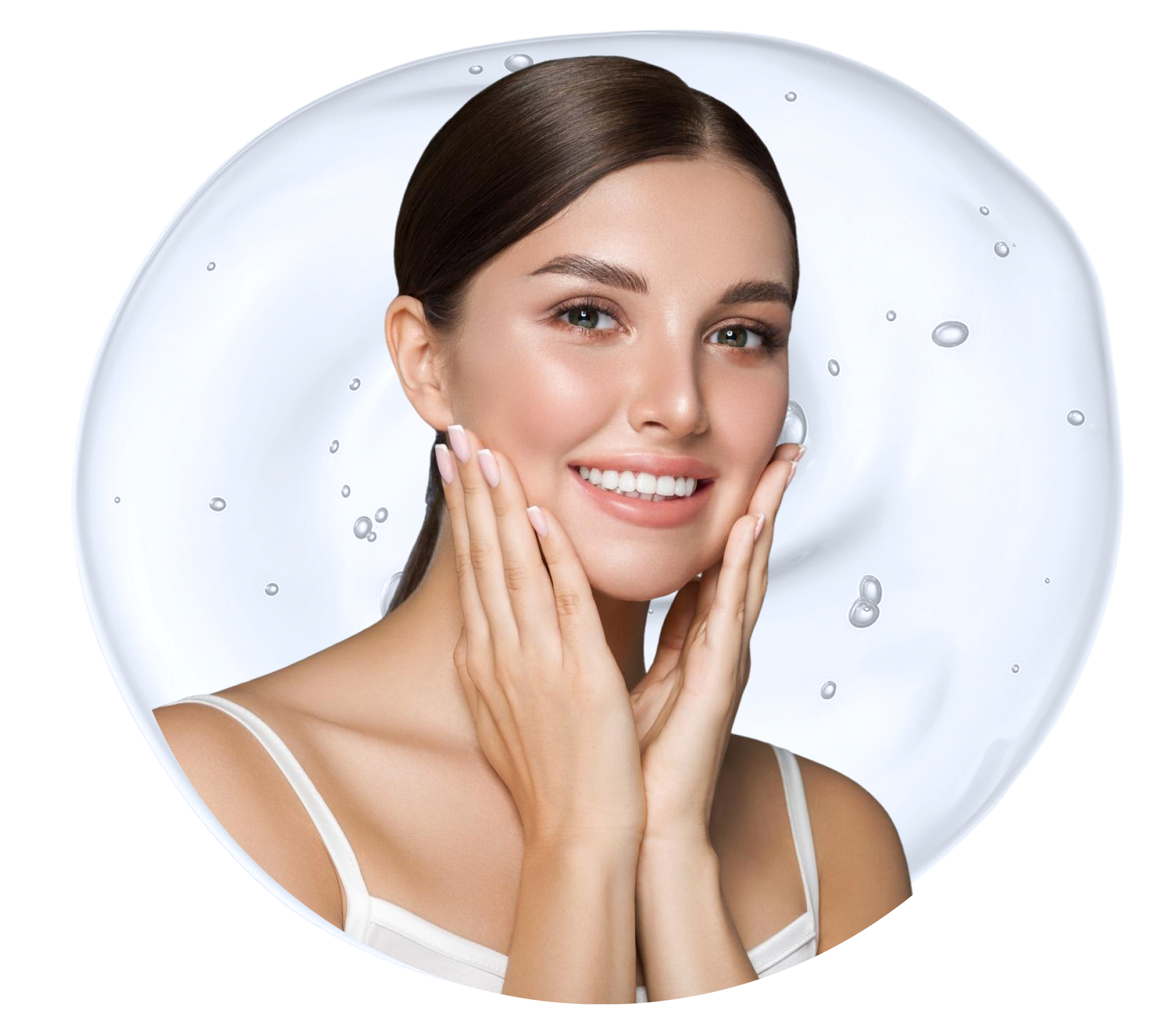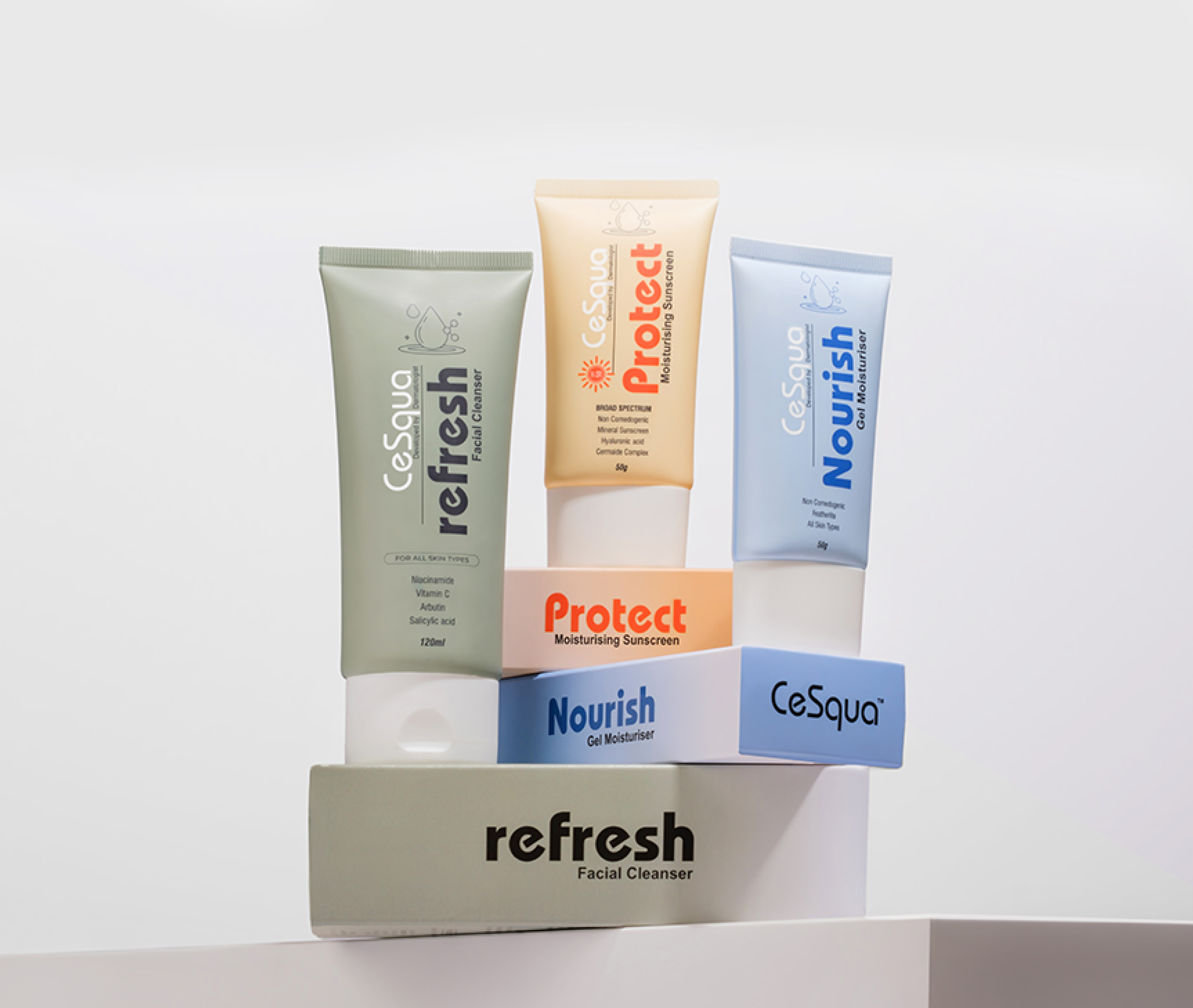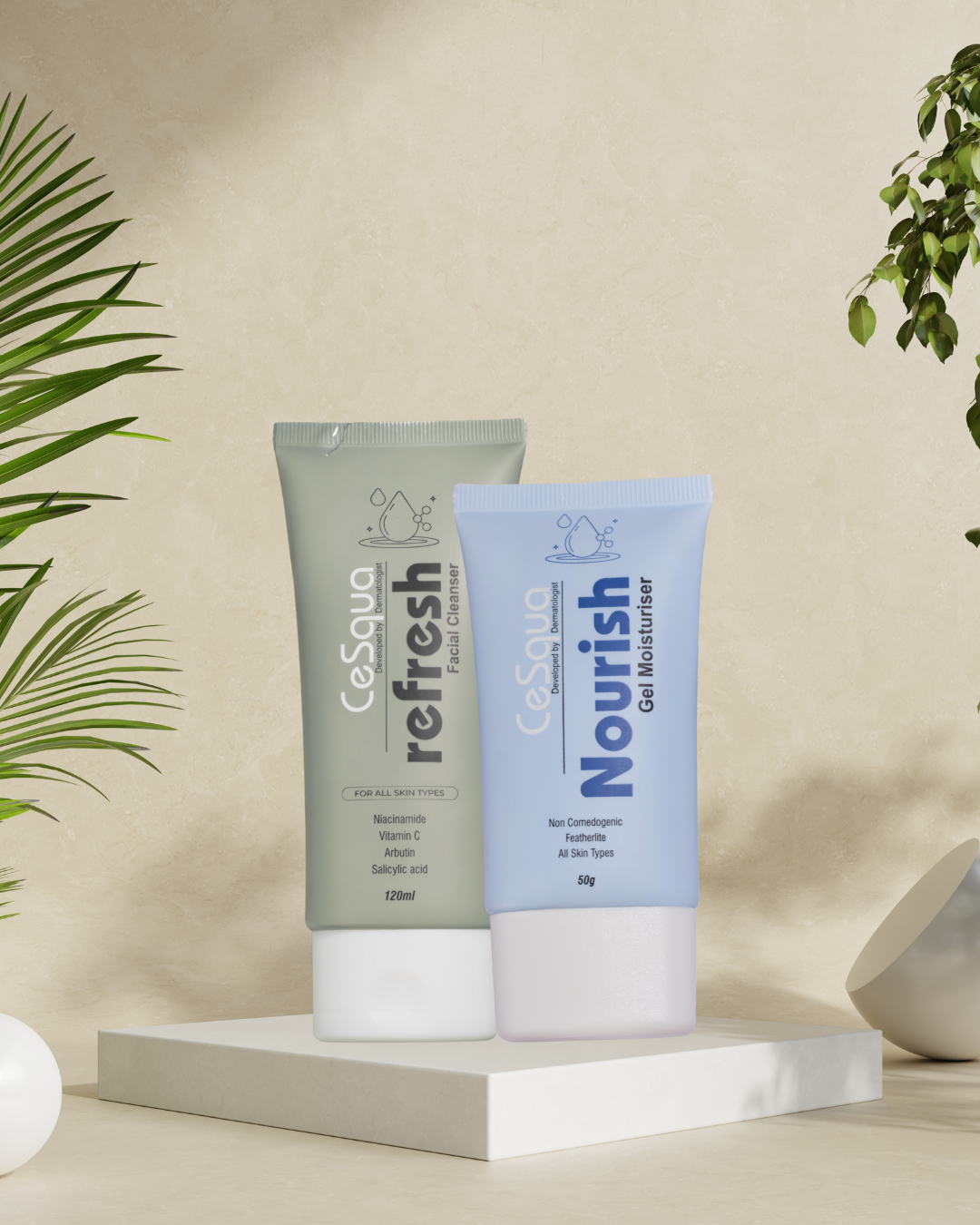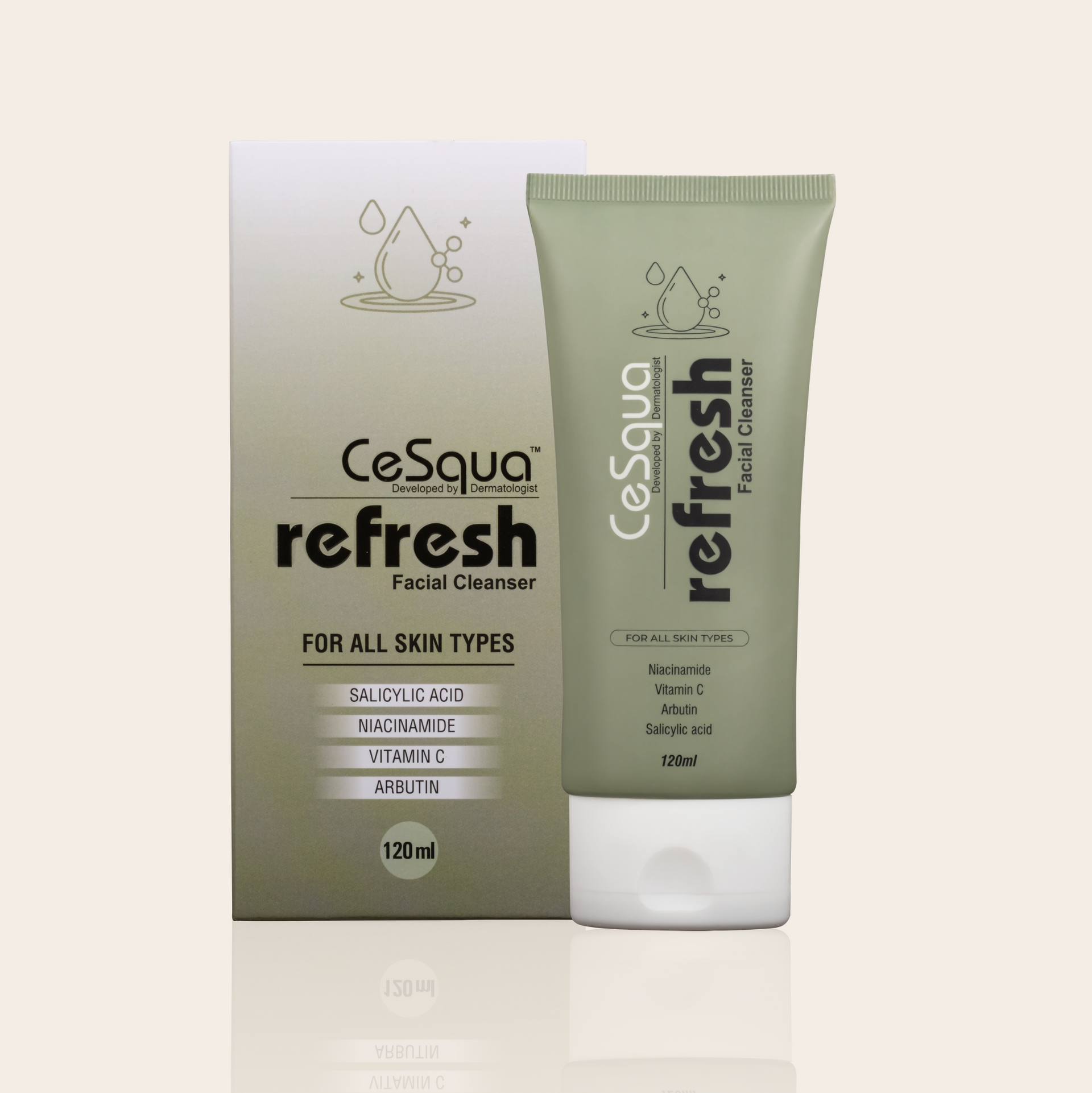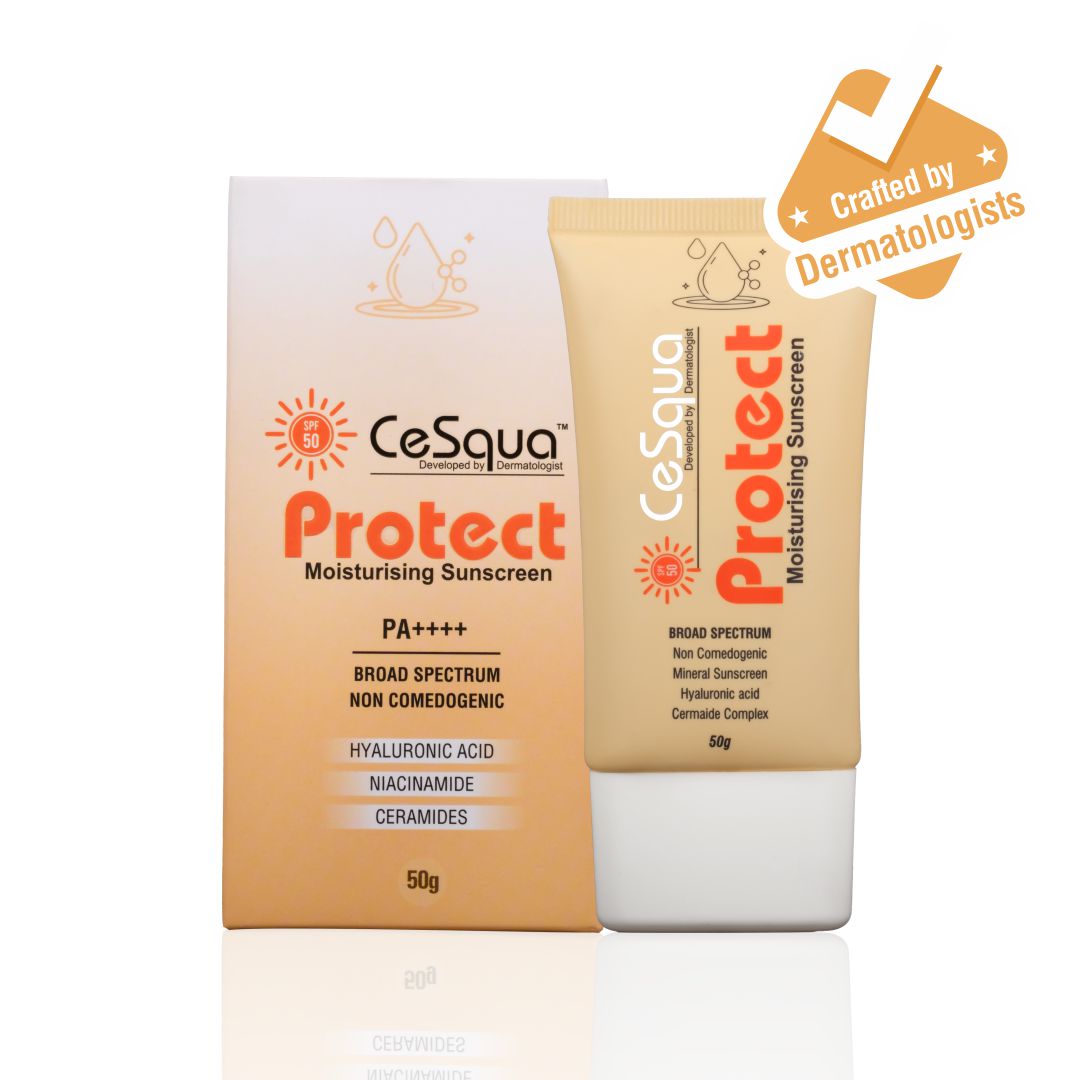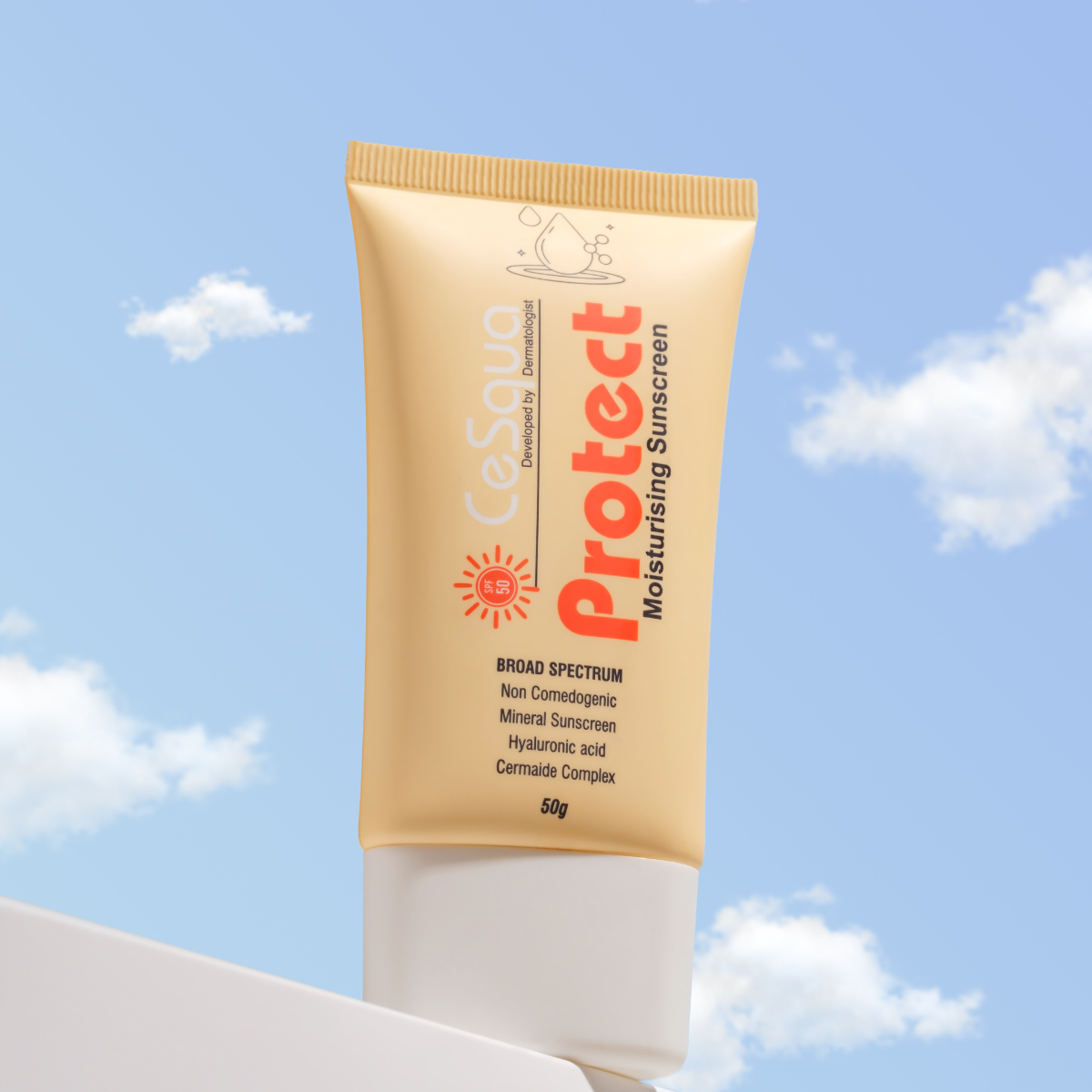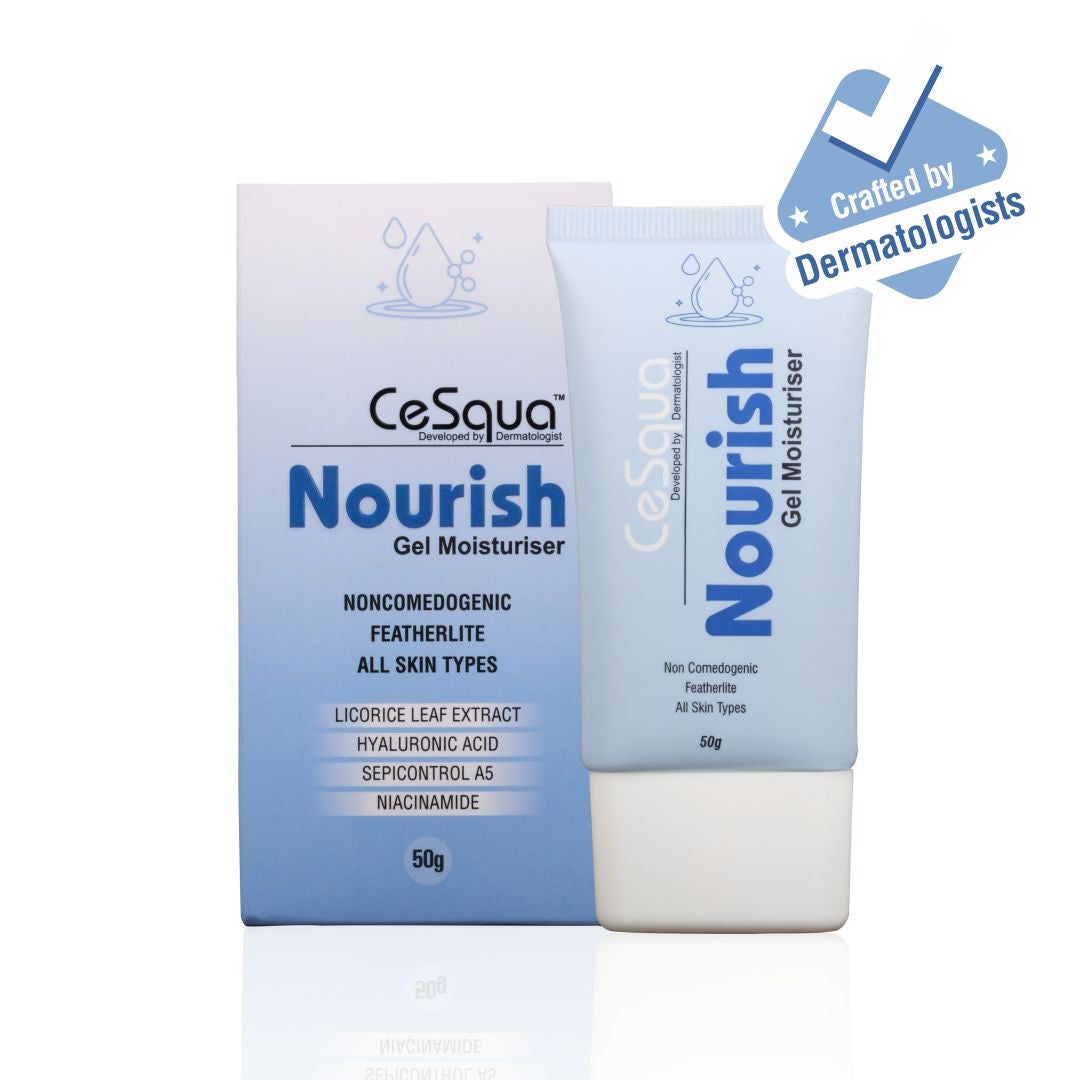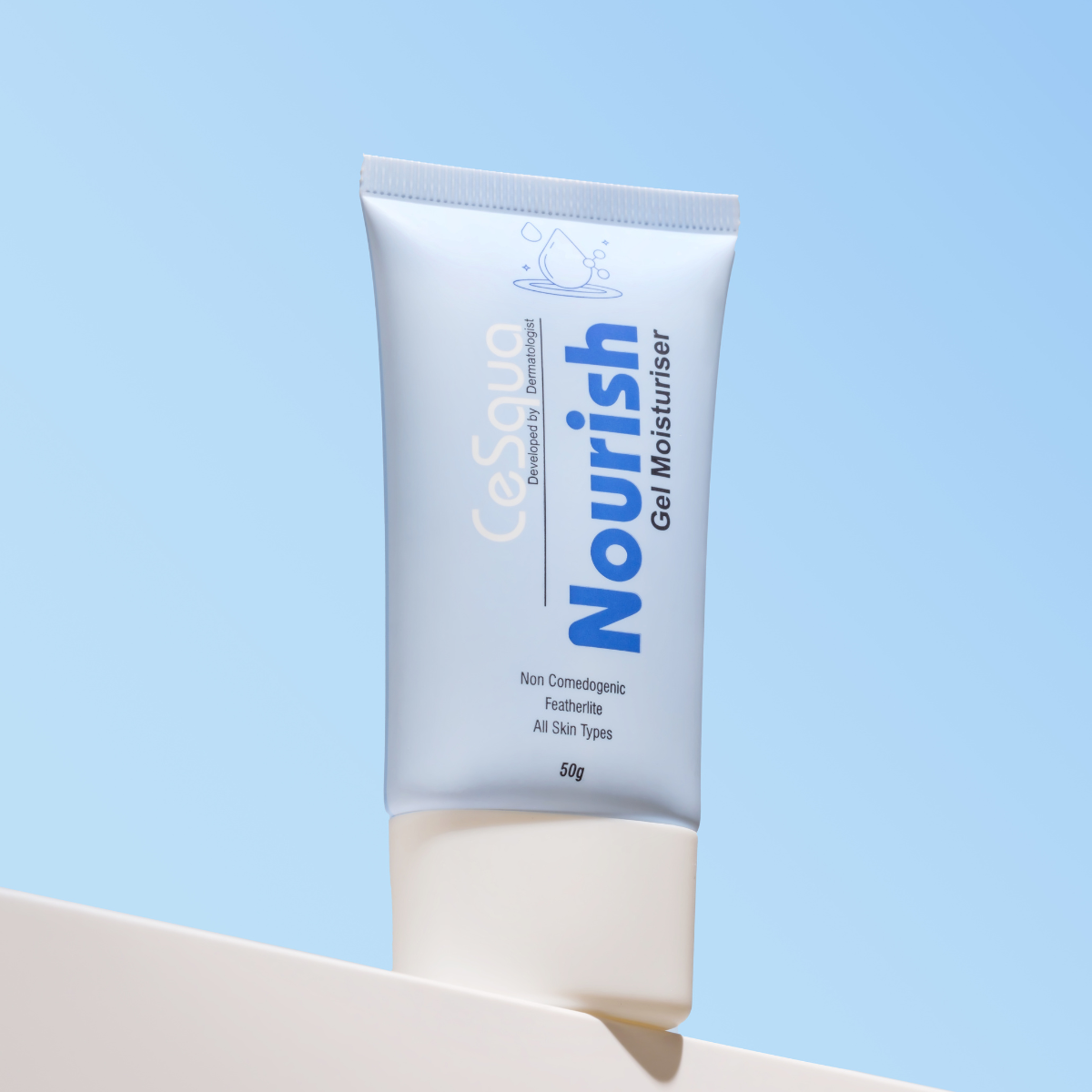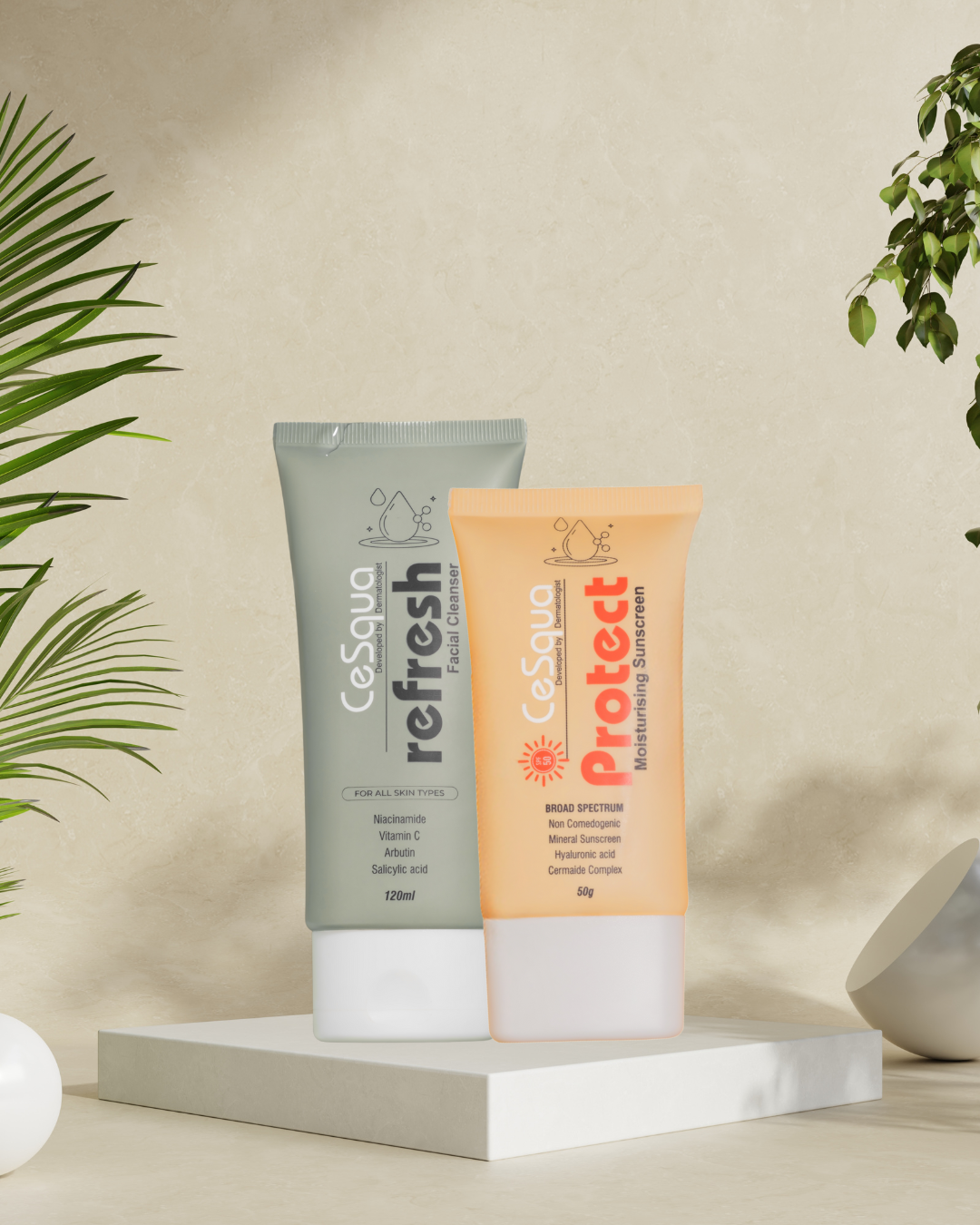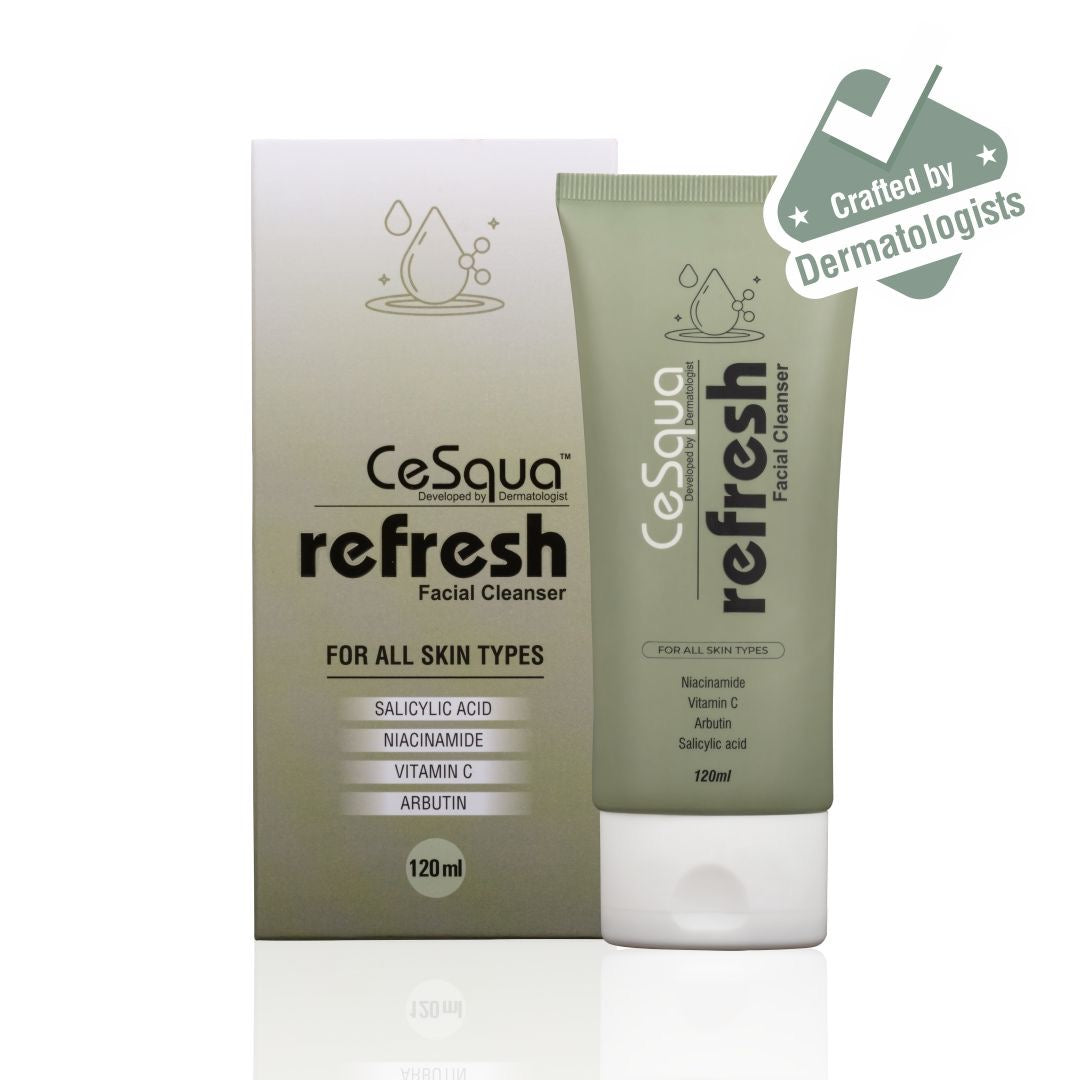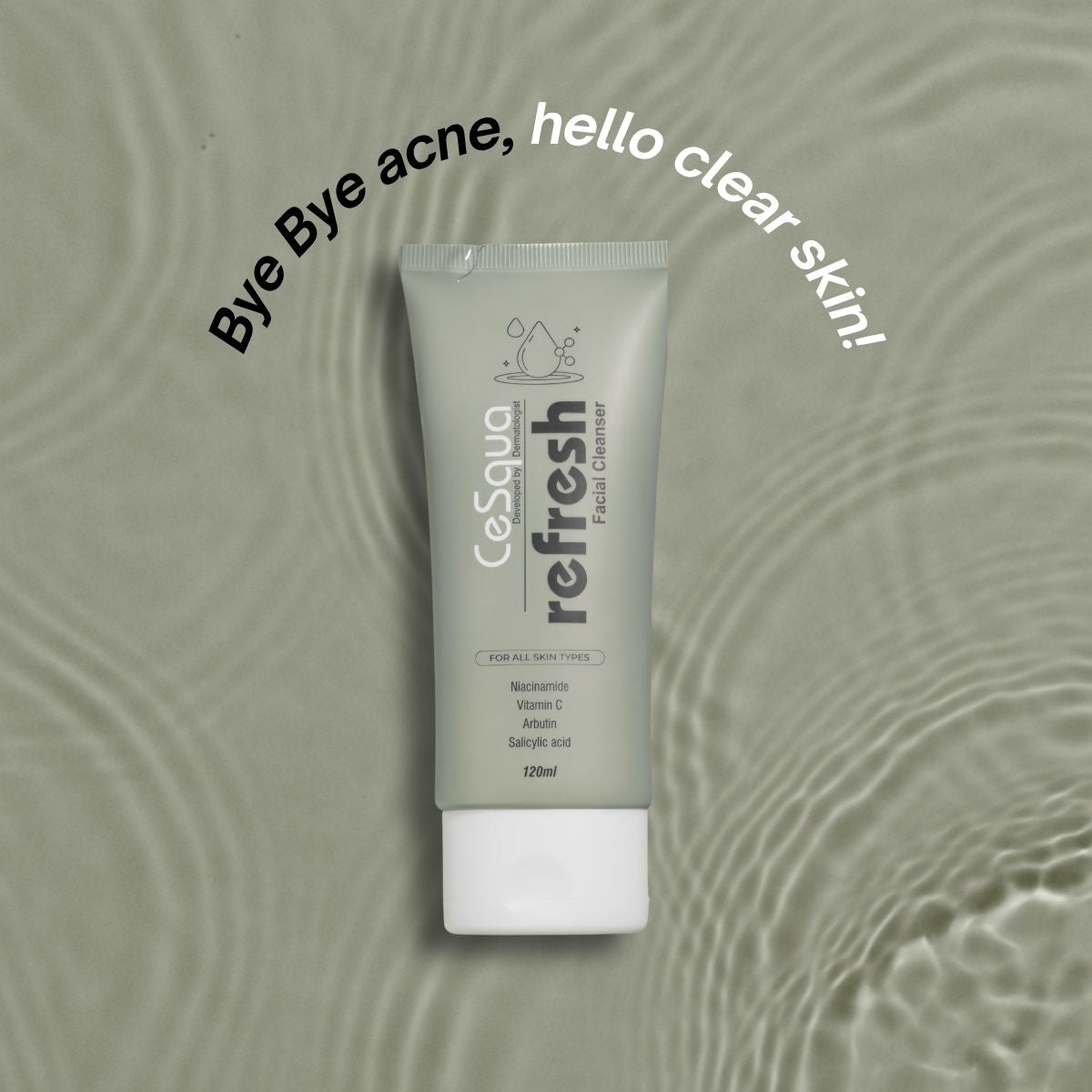Modern city living brings unique challenges for skin health. Every day, we encounter particulate matter, toxic gases, and free radicals—from the morning commute to late-night strolls. If you've ever wondered whether a gel or cream cleanser is your best ally against urban pollution, you're far from alone. As dermatologists and skincare innovators at CeSqua, we’re keenly aware of the need for an uncomplicated yet effective cleansing solution. Let’s take a deep dive into cleanser types, ingredients that genuinely address pollution, and how to build the optimal regimen for resilient, healthy skin in the city.
How Urban Pollution Impacts Skin—More Than Just Surface Dirt
Air pollution isn’t just a layer of grime. It's an invisible army of microparticles, heavy metals, volatile organic compounds, and free radicals. These stealthy aggressors:
- Break down the skin barrier (our built-in defense), increasing sensitivity, dehydration, and even pigmentation
- Trigger oxidative stress, leading to premature fine lines, dullness, and a generally worn-out complexion
- Aggravate existing skin conditions, such as acne, rosacea, and atopic dermatitis
If you’re seeing an uptick in redness, breakouts or persistent dryness and you live in a bustling city, pollution could be a significant culprit.
Gel vs Cream Cleansers: Let’s Demystify the Difference
Gel Cleansers: Lightweight Powerhouses for Deep Cleansing
- Typically water-based, transparent, and formulated for thorough cleansing
- Excel at lifting away oil, sweat, and particulate pollutants lodged in pores
- Often rinse clean without residue—ideal for oily, combination, or acne-prone skin
However, overly aggressive gel cleansers containing harsh surfactants can leave skin feeling dry or tight, especially if they lack hydrating ingredients.
Cream Cleansers: The Comfort Blanket for Your Skin
- Richer, more emollient, and designed to cleanse while replenishing moisture
- Gentle and soothing—well suited for sensitive, mature, or dry skin types
- Favoured by those concerned about barrier repair and hydration alongside cleansing
But, cream cleansers sometimes struggle with removing heavy pollution and oil buildup efficiently, particularly for those with oily or congested skin.
Which Cleanser is More Effective for Urban Pollution?
When city pollution is a concern, the optimal cleanser isn’t just about texture—it’s about the right ingredients:
- Surfactants (sulphate-free preferred): These help loosen and remove trapped pollutants without damaging the skin barrier.
- Antioxidants (Vitamin C, Niacinamide): Neutralize free radicals generated by pollution and help prevent barrier decline.
- Barrier-restoring agents (Ceramides, Panthenol): Fortify skin that’s been compromised by pollution exposure.
- Soothing actives (Chamomile, Aloe Vera): Counteract irritation and inflammation.
- Purifying actives (Salicylic Acid, Zinc PCA, Tea Tree Oil): Especially useful for oilier or acne-prone skin suffering from increased particulate matter.
At CeSqua, we've designed our Refresh Facial Cleanser around these principles. It features niacinamide, salicylic acid, hyaluronic acid, panthenol, vitamin C, licorice extract, tea tree oil, and more. This targeted blend takes on excess sebum, pollution-related breakouts, inflammation, and those sneaky free radicals—while keeping hydration and barrier support front-and-center. If you'd like to learn more about our cleansing philosophy or see the product for yourself, check out CeSqua’s full lineup.
Decoding the Right Cleanser By Skin Type and Pollution Exposure
| Cleanser Type | Best For | Effectiveness Against Pollution | Key Supporting Ingredients |
|---|---|---|---|
| Gel Cleanser | Oily, Combination, Acne-Prone Skin | Removes fine particles, excess oil, and unclogs pores | Niacinamide, Salicylic Acid, Antioxidants, Zinc PCA, Tea Tree Oil |
| Cream Cleanser | Dry, Sensitive, Mature Skin | Hydrates, calms, supports barrier repair post-pollution | Ceramides, Glycerin, Panthenol, Shea Butter, Chamomile |
Depending on your skin’s real-time needs, rotating between a gel and cream cleanser (for example, gel cleanser in the morning, cream cleanser in the evening) often gives best results for both cleansing and comfort.
Building a Pollution-Resilient Cleansing Routine: Step-by-Step
- Morning: Start with a gentle gel cleanser to remove overnight oil, sweat, and residual pollution. If your skin needs a boost, pick one with hydrating actives so you don’t strip the barrier.
- Evening: For those exposed to high pollution (think: metro commutes, outdoor jobs), double cleansing can be a game-changer. Begin with a dedicated gel cleanser for deep clean, and if your skin is dry or sensitive, follow up with a cream cleanser to restore comfort and barrier function.
- After Cleansing: Immediately replenish moisture with a lightweight, antioxidant-rich moisturizer, like our Nourish Gel Moisturiser. This step locks in hydration and supports post-cleansing resilience. For more about why gels often work best in our climate, see our guide on gel moisturizers.
- Daytime Defense: Never skip a broad-spectrum sunscreen. Urban pollution makes skin more vulnerable to UV and even blue light. Our Protect Moisturising Sunscreen, for example, provides essential environmental coverage for city life.
The Importance of Ingredients: What to Look For, What to Avoid
- Pursue: Cleansers with a symphony of antioxidants (niacinamide, vitamin C), barrier supporters (ceramides, hyaluronic acid), and gentle surfactants. These multitaskers not only clean, but help skin recover from environmental stress.
- Avoid: Harsh sulphates, parabens, synthetic fragrance, and drying alcohols—these are notorious for weakening the barrier and may worsen pollution-induced problems.
We’ve made this philosophy central in all CeSqua products, striving for clean, thoughtful formulations that suit modern Indian skin.
Common Questions About Urban Cleansing Strategies
-
Can I use a gel cleanser every day if I have sensitive skin?
Yes, but look for gentler, hydrating gel formulas and alternate with a cream cleanser if irritation develops. Our Refresh Facial Cleanser works for most sensitive skin, but as with any new product, a patch test is recommended. -
Is cream cleanser ineffective against pollution?
Not necessarily. Cream cleansers can remove pollution particles and keep delicate skin nourished. However, they may struggle with heavy oil and sunscreen build-up alone. Consider using cream cleansers at night after a gel-based cleanse for maximum benefit. -
How do I know if my skin barrier is compromised by pollution or cleansing?
Telltale signs include persistent tightness, stinging, flaking, or sudden sensitivity. If you notice these, revisit your cleanser choice, pare down actives, and double down on ceramides and hydration. See our guide to barrier repair in skincare for more tips. -
Do I need to double-cleanse every evening?
Not always, but on days when you’ve worn makeup or been in heavy pollution, a double cleanse (gel followed by cream) is smart for a truly clean, happy complexion.
How We Approach Pollution-Resistant Skincare at CeSqua
Our philosophy is rooted in streamlining: few steps, high efficacy. Each product—especially our cleansers—serves multiple functions, such as cleansing, hydrating, and protecting the skin barrier. We’re evidence-focused in every formulation, and our mission is to make advanced, dermatologist-designed care effortless for every urban dweller. For a deeper understanding of this approach, check out our article on multifunctional skincare routines.
Smart Tips for Maintaining Healthy Skin in Indian Cities
- Adjust cleansers seasonally and according to pollution levels. Hot, humid days may require gels, while winter and high pollution spikes call for creamier options.
- Always finish with a moisturizer and broad spectrum sunscreen to defend against environmental stressors year-round.
- When possible, cleanse immediately after heavy outdoor exposure (before the particulates sink deeper), especially after workouts. For more advice, see our blog on post-workout skin care.
Your Cleansing Routine: The Takeaway
There’s no universal winner between gel and cream cleansers. Instead, understand what your urban lifestyle, skin type, and climate demand. Gel cleansers are generally better for decongesting pores and removing excess oil—especially in sweaty, polluted environments. Cream cleansers stand out for replenishing and comforting skin that’s easily irritated or dry. Many city dwellers thrive by alternating the two, empowering their skin to meet changing urban demands.
If you want guidance on finding your ideal cleanser based on your pollution exposure and skin needs, our team is always open to questions through CeSqua's contact form.
Curious about what makes clean beauty ingredients effective in Indian urban settings? For a deeper dive, explore our article on clean beauty and safe ingredient choices.
At CeSqua, our goal is to make urban skincare simple, ethical, and effective. Discover more about our approach and products at cesqua.in.
